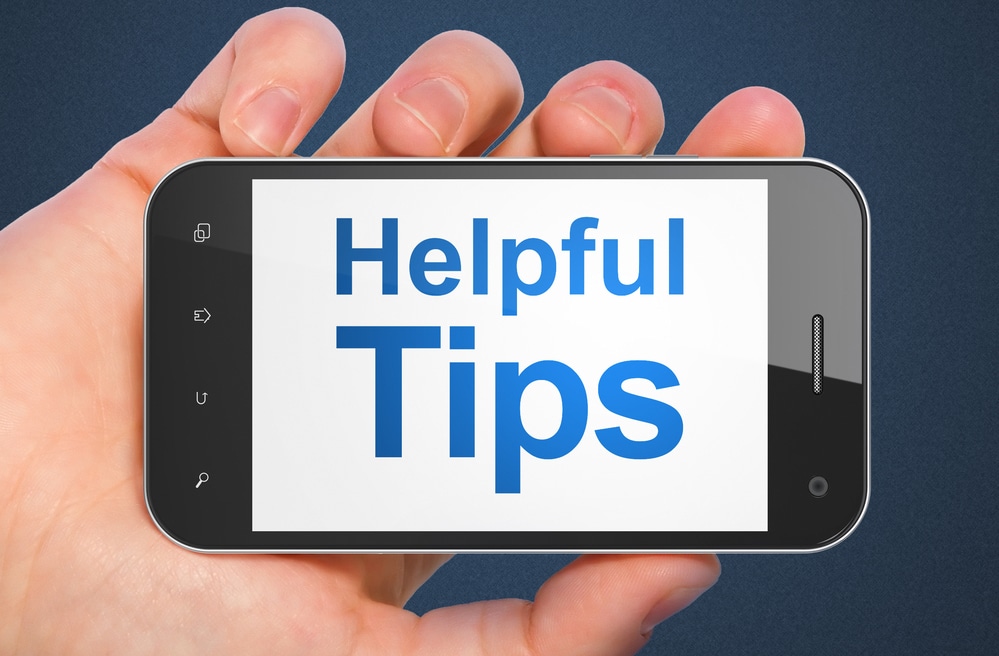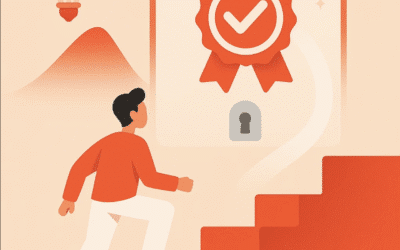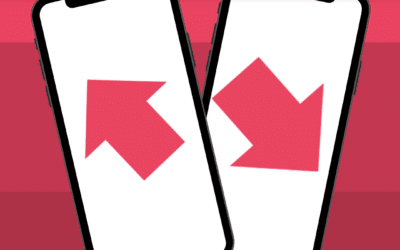Access your favorite lesson tips in a split second from the table below.
| Statement | Tips to improve your mobile learning app! |
| TEACH ON MARS CONTENTS AUTHORS! LESSON #1 – HOW DO PEOPLE SEE | |
| Colors and shapes influence interpretation. | Mix colors and shapes to influence others’ brain vision analysis! |
| Peripheral vision gets the preview of a situation. | Pay attention to your outlying design, as this is what will give the overall picture to watchers! |
| Patterns attract. | Use patterns: grouping, white space, tables… to catch viewers’ eyes. |
| TEACH ON MARS CONTENTS AUTHORS! LESSON #2 – THE BRAIN ANGLE | |
| Human faces, particularly the eyes, appeal. | Use faces on your background images, to catch users’ attention and interest! |
| We best recognize and remember an object in its canonical perspective. | Picture your items in a canonical perspective for users to best remember them. |
| Readers look for critical information in the central area of a screen. | Position your main contents at the screen centre, users believe that key info is central. |
| The more perfect the perceived affordance, the more efficient the design. | Make clear to users how your objects (buttons, links…) should be used! |
| TEACH ON MARS CONTENTS AUTHORS! LESSON #3 – COLORFUL! | |
| According to chromostereopsis studies, blue and red, or red and green, are heavy together | Never put red and blue, or red and green near each other on your screen. |
| Think about the color-blind population, 10% of your readers might miss the boat. | Use colors that work for everyone. |
| colors carry a symbolic…. Different in different cultures! | Choose your colors carefully depending on their various cultural meanings! |
| TEACH ON MARS CONTENTS AUTHORS: LESSON #4 – WORKING MEMORY | |
| STM (Short Term Memory) capacity “magical number seven”. | Propose just a few information pieces in an activity, to optimize STM. |
| Mnemonic usage. | Use mnemonics to increase STM storage capacity. |
| Duration of memory for the STM system. | Use memorizing activities that stimulate rehearsal training. |
| TEACH ON MARS CONTENTS AUTHORS: LESSON #5 – LONG-TERM MEMORY | |
| Encourage « maintenance rehearsal » activities i.e. repeat information. | Use maintenance rehearsal learning activities to consolidate acquired knowledge. |
| Promote elaborative rehearsal, plug newly acquired data to existing ones. | Use schemas that help integrate new information with existing memories. |
| It’s much easier for learners to recognize information rather than to recall it from memory. | Design activities to stimulate data recognition. |
| Concrete words and drawings are easier to store in the long-term than abstracts items. | Design concrete terms and icons to ease long-term memory storage. |
| TEACH ON MARS CONTENTS AUTHORS: LESSON #6 – IN 2016, SPICE UP YOUR APP! | |
| Spice up your contents with emotions and make your training one to remember. | Use one of the 7 basic emotions in your pictures (joy, sadness, contempt, fear, disgust, surprise and anger) to clearly communicate your sensitive message. |
| TEACH ON MARS CONTENTS AUTHORS: LESSON #7 – HOW PEOPLE THINK/1 | |
| Learners best process information in bite-sized chunks | Chunk and disclose contents bit by bit to ease learner’s process of information. |
| When designing an interface, the fewer mental resources i.e. loads are needed, the easier the application is to use. | Favor motor and visual loads when designing your application. |
| During everyday activities, our mind would wander up to 30 percent of the time! | Keep learners aware of where they are in the application. Their minds wander! |
| TEACH ON MARS CONTENTS AUTHORS: LESSON #8 – HOW PEOPLE THINK/2 | |
| Our brain is fond of mental models, i.e. people assumed process for how something works. | Match your conceptual model with people mental model and announce it to them! |
| It is commonly granted that we learn best from examples and that a picture speaks a thousand words! | Use examples to ease learners’ training rules understanding. |
| Just as there are visual illusions, there are time illusions. And a heavy mental processing makes the amount of time seem longer. | Provide progress indicators to make your training activity seem quicker … Time is money! |
| The flow state is when you have a very focused and enjoyable attention on a task. | Put your learners in a flow state by providing them with an achievable goal, continuous feedback, a sense of control over their actions and the pleasure! |
| TEACH ON MARS CONTENTS AUTHORS: LESSON #9 – TO ERR IS HUMAN | |
| When something seems erroneous or risky, it is important that users know what to do about it. | Anticipate potential problems and inform users on remedial actions |
| Users’ performance to complete an activity depends on their level of stress. The more complex the task, the less should be the stress level. | Weight the stressors of an activity according to its difficulty |
| TEACH ON MARS CONTENTS AUTHORS: LESSON #10 – LET’S FOCUS! | |
| Attention is selective. Among the things for which people unconscious endlessly scans the environment is the identity. | Always reference your learners’ name to secure their attention. |
| Attention is time limited. People can focus on a task about 7 to 10 minutes at most. | Keep tutorials under 7 minutes in length because attention is time limited. |
| Many psychology researches have proved that people can’t multitask. | Multitask is a myth. Focus on one subject and one step of the learning cycle at a time. |
| TEACH ON MARS CONTENTS AUTHORS: LESSON #11 – THE DECISION PROCESS! | |
| People associate control to the ability to make choices. | Give learners a sense of choice to keep them motivated. |
| Learners’ decision to browse through a training depend on the time and experience required to complete it. | Reference time and experience in you training introduction to keep learners motivated. |
| People in a happy mood estimate the value of a product higher when making an intuitive decision. | Spice a training with some humour to keep learners happy and therefore motivated. |
| TEACH ON MARS CONTENTS AUTHORS: LESSON #12 – HOW EMOTIONS CAN BEST SERVE LEARNING | |
| Moving muscles and related emotions are strongly linked. People mimic others’ expressions. | Include smily videos to make smily therefore happier learners. |
| Information is processed more deeply and retained longer if it has an emotional kick. | Use anecdotes, quotes, stories rather than factual data to improve learners memorization. |
| TEACH ON MARS CONTENTS AUTHORS: LESSON #13 – LET EMOTIONS SERVE YOUR CONTENT! | |
| People are pre-set to enjoy surprises. New things capture attention. | Regularly include new nice contents to surprise and therefore motivate learners. |
| People quickly decide on what is trustworthy, or not. | Punch up a training usability and appearance to get learners’ trust and motivation. |
| Most of human beings enjoy watching landscapes scenes which include hills, waters, trees, birds … | Add pastoral scenes images to relax and concentrate learners. |
| TEACH ON MARS CONTENTS AUTHORS: LESSON #14 – EMOTIONS, part III | |
| Short mobile learning formats allow them turning wasted and boring time into useful and rewarding training moments. | Offer short educational activities to keep learners valuably busy everywhere. |
| It is useful to add music during a training session in order to engage learners in a positive and addictive experience! | Help learners to capitalize on their emotions with pleasant training music! |

Diplômée d’école de commerce et passionnée par les innovations du numérique, Noémie a enfilé son scaphandre et rejoint l’équipe Teach on Mars au poste de Content Manager. Elle intervient en marketing et événementiel tout en contribuant à Teach on Earth, une initiative sociale et environnementale.




